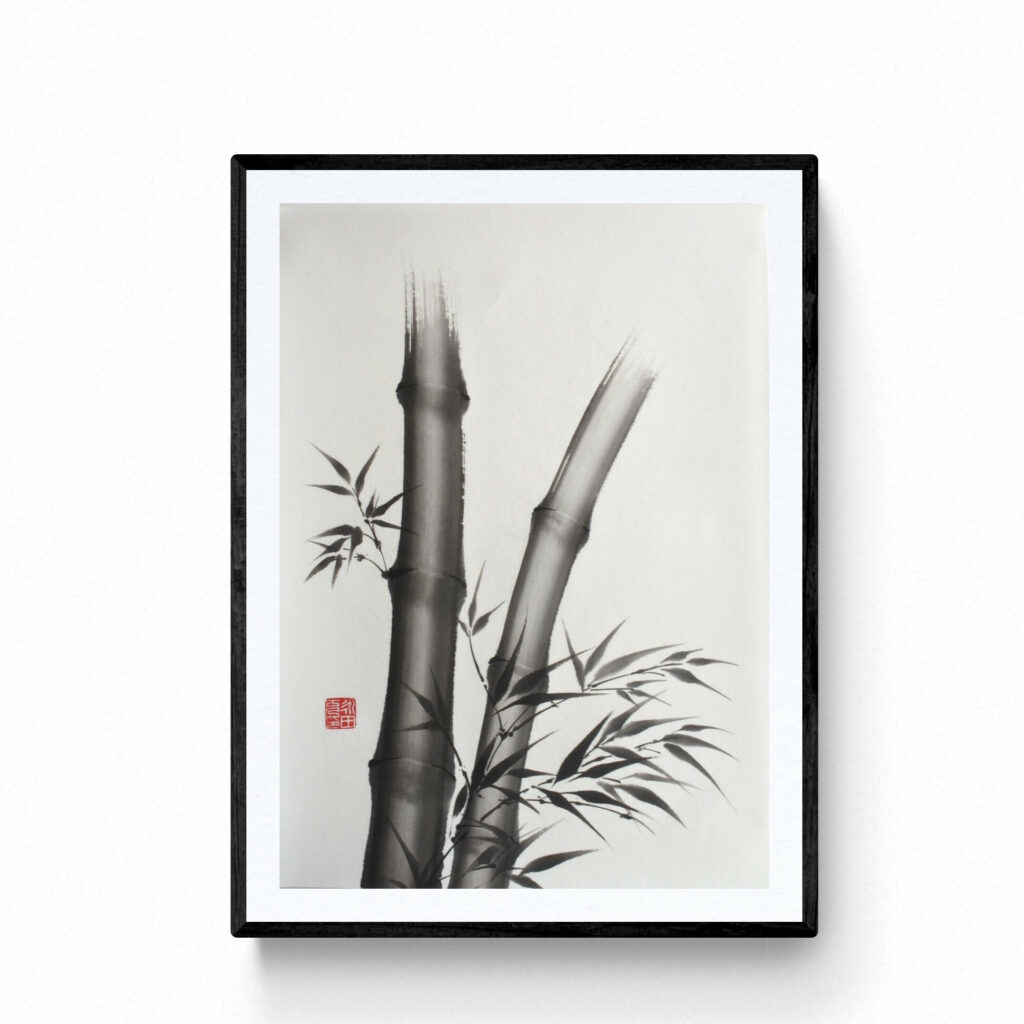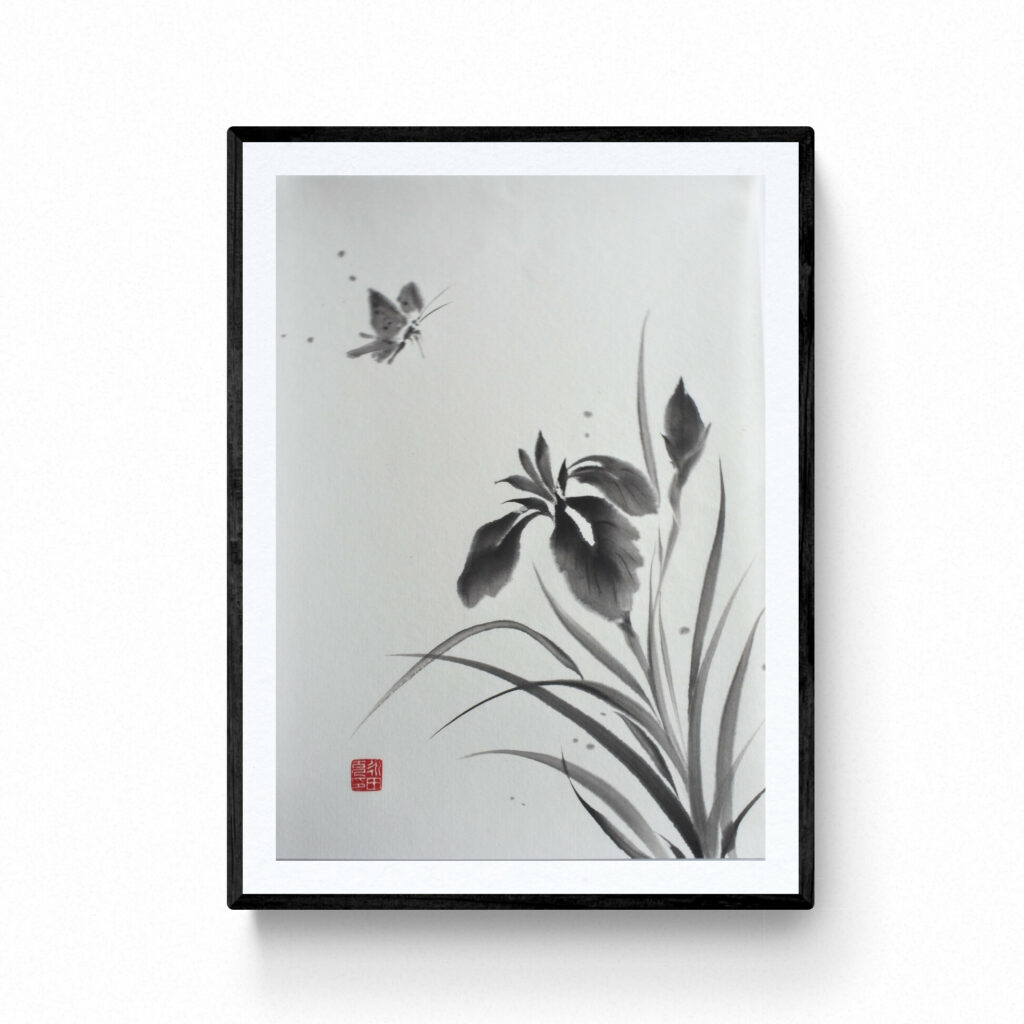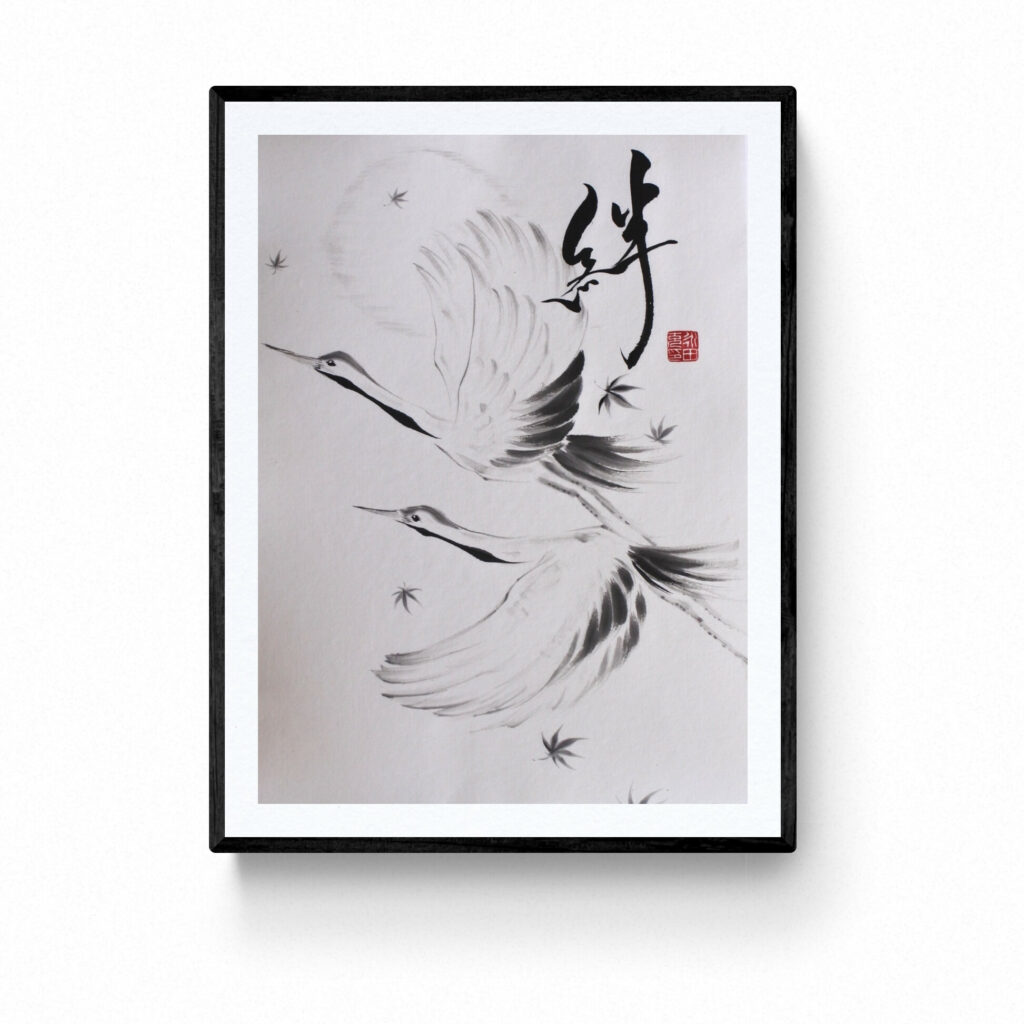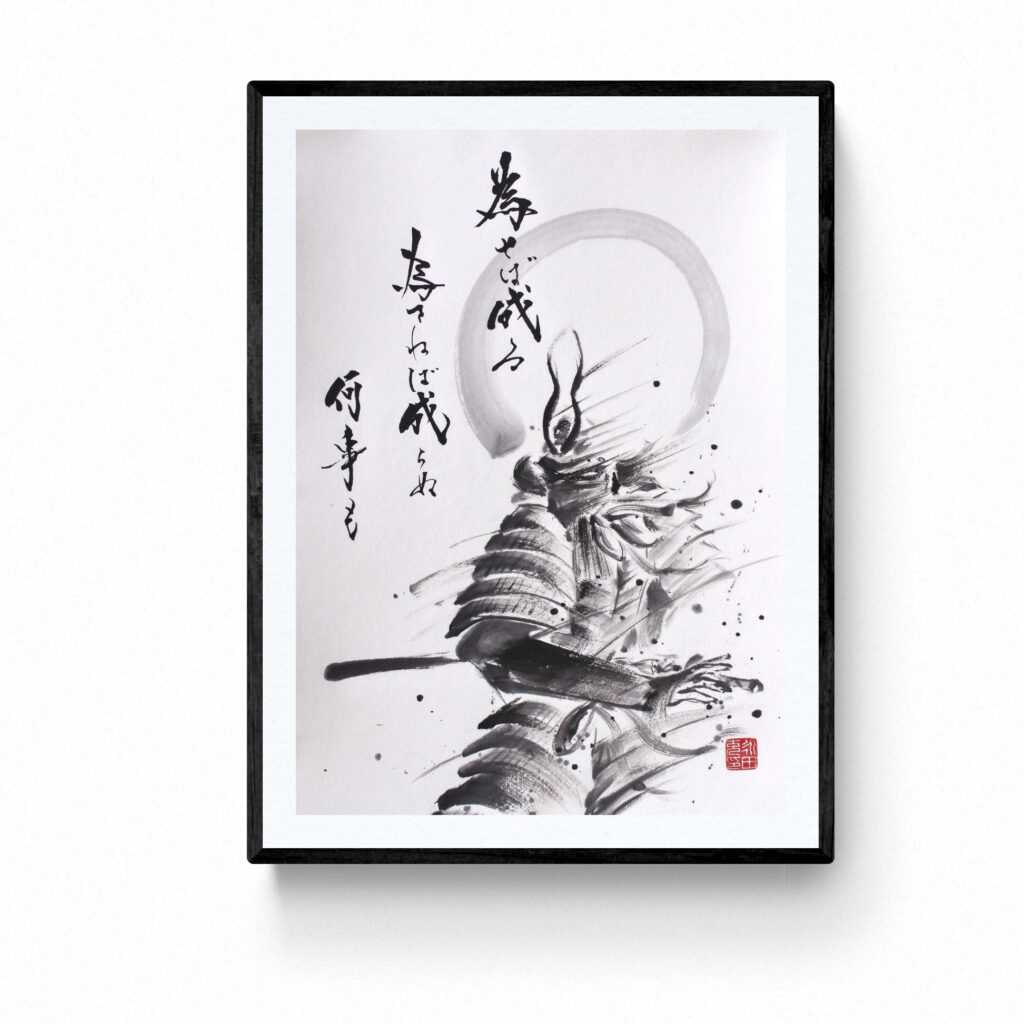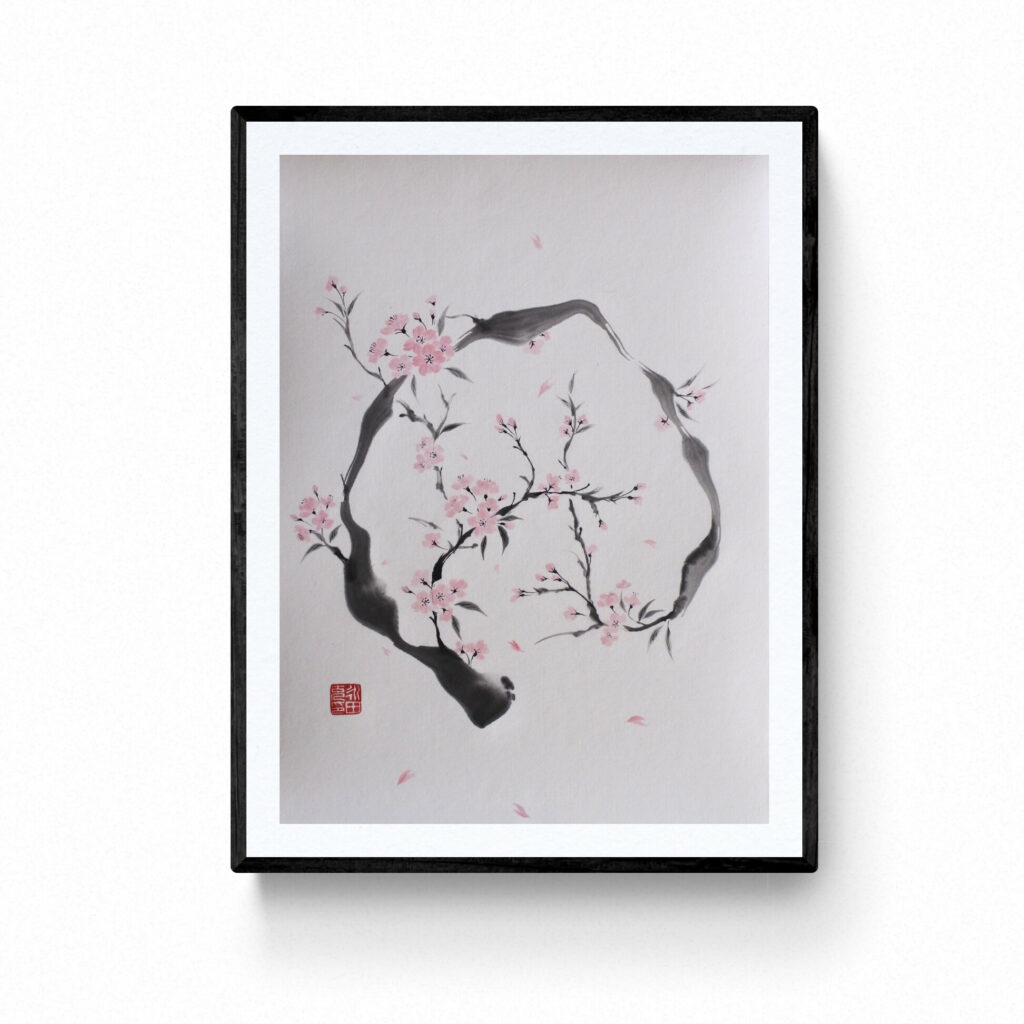SUMI-E DISCOVERING TRADITIONAL JAPANESE ART
MITSURU NAGATA
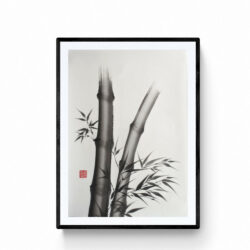
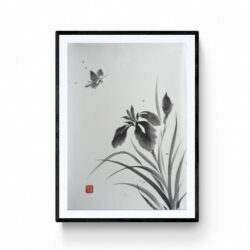


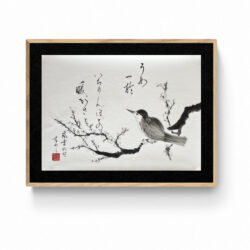
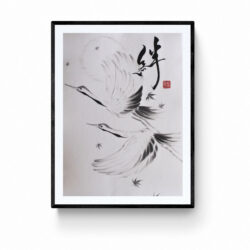
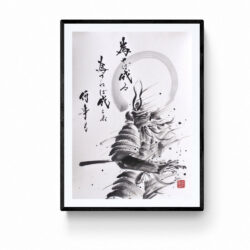
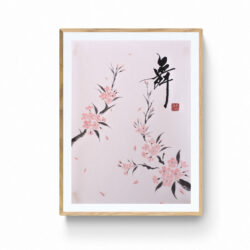
Discovering Sumi-e: Traditional Japanese Art
In the world of art, various styles transcend time and cultures, making enduring marks on creativity. Sumi-e, a Japanese painting technique, is one such gem that captivates hearts worldwide with its beauty and unadorned simplicity.
But what is Sumi-e exactly? Sumi-e is written 墨絵(Sumie) in japanese. The first kanji letter 墨 (Sumi) means ink and second one 絵(e) means painting. So it can be translated as Ink painting. It is a monochromatic style rooted in ancient China and evolved in Japan. It relies on a minimalistic approach, using only black ink called Sumi made from soot, rice paper, and specialized brushes which are animal’s hair such as goat, weasel, horse etc. It is said that Zen monks practiced painting Sumi-e for their training. because normally people tend to paint more and more to show their character, so Zen monks had to retain their ego to paint more. So Sumi-e is also known as Zen painting.
The Elegance of Simplicity
Sumi-e places great emphasis on simplicity, precision in brushwork, and creating tonal variations from deep black to the most delicate shade of gray. The blank space called Yohaku 余白 is also important to keep the balance of the painting and to outstands black parts. Blank space can represent sky, clouds etc according to the paintings aw well.
The Significance of Spontaneity despite meticulous strokes, Sumi-e values spontaneity, capturing subjects with few chances for correction. It demands deep concentration and a close connection between the artist and their creation.The strokes never will be the same. Each stroke is unique and not repeatable.
Symbolism in Sumi-e goes beyond technique, encapsulating profound symbolism often inspired by nature. Each brushstroke aims to convey the spiritual and emotional essence of the subject, prioritizing essence over realism. And, even in modern times, contemporary themes inspire Sumi-e works.
Sumi-e in the Modern World
Despite its deep historical roots, Sumi-e’s influence persists as artists from around the world blend tradition with contemporary innovation.
Sumi-e reminds us that beauty resides in simplicity, and pure artistic expression holds profound power, inviting us to view the world with tranquility and introspection
Gansai Pigments
Gansai pigments are renowned for their vivid colors and luminosity. Artists can dilute these pigments with water for subtle effects or use them in a concentrated manner for bold hues. Occasionally, Gansai complements Sumi-e, infusing color into primary
Para obtener más información, solicitudes personalizadas, presentaciones de pintura en vivo o talleres, envíame un correo electrónico. Info@mitsurunagata.com
Mitsuru Nagata
